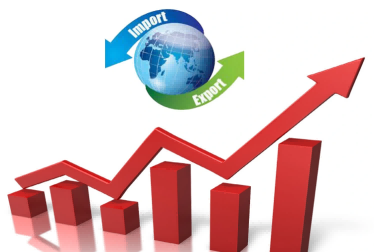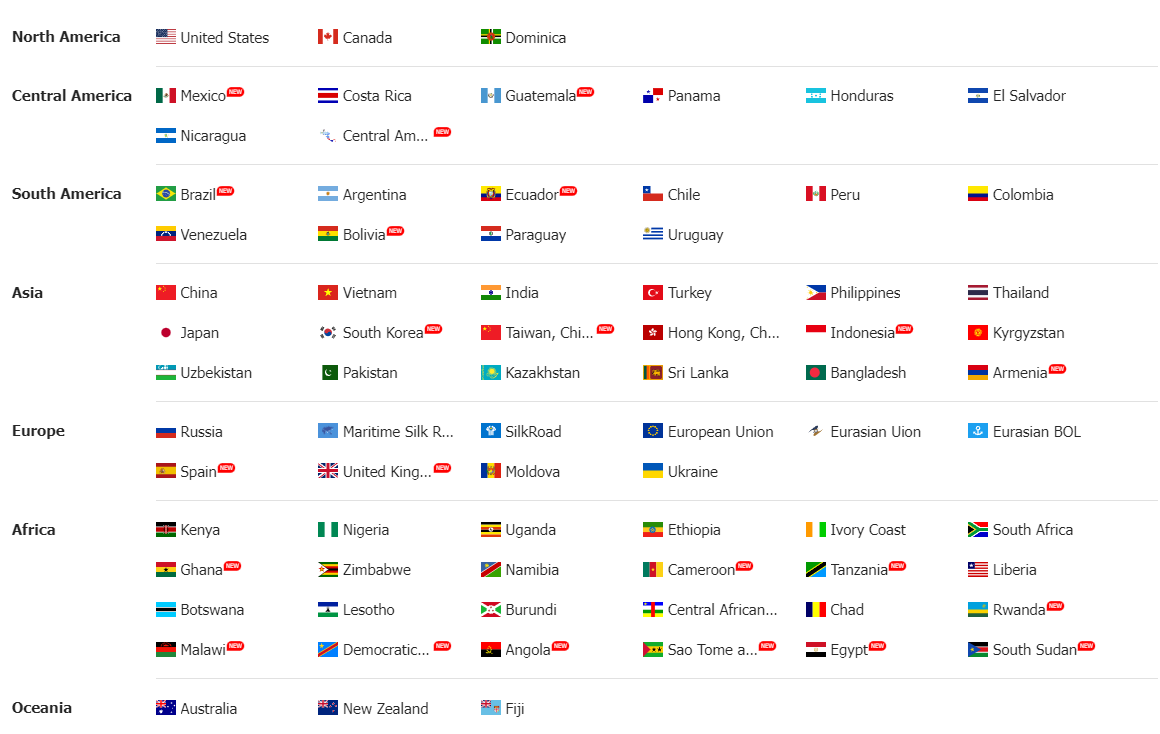 Trade Data
Trade Data
 30-08-2024
30-08-2024
In the highly competitive world of international trade, leveraging trade data can be a game-changer for businesses looking to secure orders. Trade data provides valuable insights into market trends, potential buyers, and competitor activities. By analyzing this data strategically, companies can make informed decisions and enhance their chances of closing deals. Here’s a guide on how to effectively use trade data to secure orders.

1. Identify Target Markets
The first step in using trade data is identifying the most promising markets for your products. Trade data provides information on import and export volumes, revealing which countries are actively trading in your industry. By analyzing this data, you can pinpoint markets with high demand for your products and focus your efforts on these regions.
Example: If you manufacture electronic components, trade data might show that countries like Germany and Japan have high import volumes for these products. This insight can guide you to target these markets, tailoring your marketing and sales efforts accordingly.
Click this website to check global trade data
2. Understand Market Trends
Trade data helps in understanding market trends over time. By examining historical data, you can identify seasonal patterns, emerging trends, and shifts in demand. This knowledge allows you to time your sales efforts effectively and adapt your product offerings to meet market needs.
Example: If the data indicates a spike in demand for certain textiles during the winter months in the Northern Hemisphere, you can prepare your inventory and marketing campaigns accordingly to maximize sales during this period.
Click this website to check global trade data
3. Analyze Competitor Activities
Trade data also provides insights into your competitors’ activities. By studying the trade patterns of your competitors, you can gain valuable information about their export destinations, pricing strategies, and product offerings. This knowledge can help you differentiate your products and develop competitive pricing strategies.
Example: If a competitor is exporting large quantities of a particular product to a specific region, you can investigate further to understand what makes their offering attractive. You might then innovate or adjust your product to better meet the needs of buyers in that region.
Click this website to check global trade data
4. Identify Potential Buyers
One of the most direct ways to use trade data is to identify potential buyers. Trade data often includes details about companies that are importing products similar to yours. By identifying these companies, you can create a targeted list of leads and approach them with personalized offers.
Example: If you export organic food products, you can use trade data to identify companies in countries like the United States or France that are actively importing organic foods. With this information, you can reach out to these companies with a tailored pitch that highlights how your products meet their specific needs.
Click this website to check global trade data
5. Assess the Creditworthiness of Buyers
Securing orders is not just about finding buyers but also about finding reliable ones. Trade data can be used to assess the creditworthiness of potential buyers. By analyzing their trading history, you can gauge their financial stability and track record in the industry.
Example: If a company has a consistent history of importing large volumes without significant payment delays, they are likely to be a reliable trading partner. Conversely, if a buyer has a history of sporadic imports or payment issues, you might approach them with caution or require more secure payment terms.
Click this website to check global trade data
6. Optimize Pricing Strategies
Trade data provides insights into the pricing strategies of competitors and market expectations. By analyzing the prices at which competitors are selling similar products in different markets, you can adjust your pricing strategy to be more competitive or to capture higher margins.
Example: If trade data shows that competitors are selling at a premium in a certain market, you might consider positioning your product as a premium offering, focusing on quality and service to justify a higher price. Alternatively, you might opt for a cost-leadership strategy in a market with price-sensitive buyers.
Click this website to check global trade data
7. Monitor Regulatory Changes
Trade data can also help in monitoring regulatory changes in target markets. By staying informed about changes in tariffs, trade agreements, and import/export regulations, you can anticipate potential challenges and adjust your strategies accordingly.
Example: If a new trade agreement reduces tariffs on certain goods in a market you are targeting, you can capitalize on this opportunity by increasing your exports to that region. Conversely, if new regulations are likely to increase costs, you can prepare by exploring alternative markets or negotiating better terms with buyers.
Click this website to check global trade data
Conclusion
In conclusion, trade data is an invaluable resource for businesses looking to secure orders in the international market. By using trade data to identify target markets, understand trends, analyze competitors, identify potential buyers, assess creditworthiness, optimize pricing, and monitor regulatory changes, companies can make informed decisions and enhance their chances of success. In the fast-paced world of international trade, those who leverage data effectively will always have the competitive edge.
Tendata iTrader compiles trade data from 218 countries and provides detailed
information on over 130 million import-export enterprises worldwide.
With a daily influx of 10 billion trade records, Tendata efficiently delivers contact details for over 700 million top-level executives and decision-makers in the import-export industry through advanced filtering. This includes email addresses, phone numbers, social media profiles, and more. Additionally, we offer synchronized company profiles, product images, and website links, along with 19 types of visual reports. These tools assist foreign trade enterprises in precise market positioning and thorough market analysis, enabling you to quickly find the exact buyers and suppliers you need.
(>> Visit the Official Shanghai Tendata Website for More Details <<)

Category
Leave Message for Demo Request or Questions


 T-info
T-info T-discovery
T-discovery

 My
Tendata
My
Tendata Market Analysis
Market Analysis Customer
Development
Customer
Development Competitor
Monitoring
Competitor
Monitoring Customer Relationship
Customer Relationship




































































































































